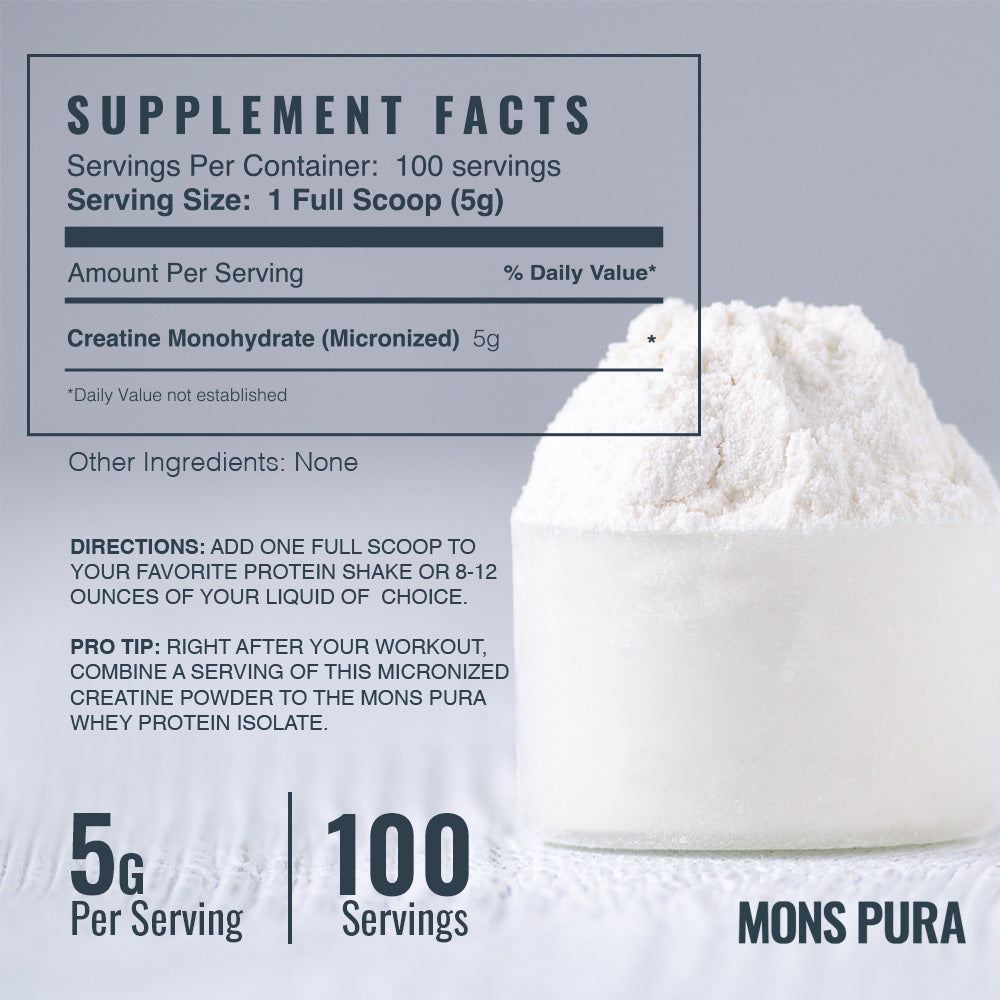Injury prevention is crucial for runners to ensure they can maintain their running routine and avoid setbacks. Here are some tips to help prevent injuries for runners:
1. Proper Footwear
- Invest in good-quality running shoes that provide adequate support and cushioning.
- Replace your shoes regularly, typically every 300-500 miles, or when they show signs of wear.
- Find a local running store that can help you find the running shoes that best meet your needs.
2. Don’t Skip Your Warmup
The duration of your warm-up can vary depending on your fitness level and the intensity of your run. A good rule of thumb is to spend 5-10 minutes on your warm-up exercises, but it’s more important to focus on how your body feels. If it takes a bit longer to feel fully prepared, that’s perfectly fine.
Remember that a proper warm-up not only reduces the risk of injury but also enhances your running performance. Tailor your warm-up routine to your specific needs and preferences, and adjust it as necessary based on the type and intensity of your run.
3. Gradual Progression
- Avoid increasing your mileage or intensity too quickly. Gradually build up your distance and speed to allow your body to adapt.
- Incorporate Cross-Training: Add variety to your exercise routine with activities like swimming, cycling, or yoga to reduce the risk of overuse injuries.
4. Strength Training
Strength training is an essential component of a well-rounded training program for runners. It can help improve running performance, reduce the risk of injuries, and enhance overall fitness. Here are some key aspects to consider when incorporating strength training into your running routine:
-
Muscle Groups to Target:
- Focus on strengthening the muscles that are most involved in running, including the quadriceps, hamstrings, glutes, calves, hip flexors, and core muscles.
-
Balance and Coordination:
- Include exercises that improve balance and coordination, which can enhance your running form and efficiency. This might involve exercises like lunges, single-leg squats, and stability ball work.
-
Core Strength:
- A strong core is essential for maintaining proper posture and stability while running. Incorporate exercises like planks, Russian twists, and leg raises to target the core muscles.
-
Full-Body Work:
- Don’t neglect the upper body. While running primarily involves the lower body, a strong upper body can help with arm swing and overall body balance. Push-ups, pull-ups, and rows can be beneficial.
-
Bodyweight and Resistance Training:
- You can use your body weight for resistance in exercises like squats, lunges, and planks. Additionally, resistance bands and free weights can be used for added resistance to increase the difficulty of exercises.
-
Plyometrics:
- Plyometric exercises like box jumps and squat jumps can improve power and explosiveness in your leg muscles, which can be useful for sprinting or uphill running.
-
Functional Movements:
- Incorporate exercises that mimic running movements. For example, squats and lunges are functional movements that can help build strength specific to running.
-
Periodization:
- Periodize your strength training program to align with your running schedule. Focus on different aspects of strength (endurance, power, etc.) during different phases of your training cycle.
-
Frequency and Consistency:
- Aim for 2-3 strength training sessions per week, in addition to your running workouts. Consistency is key to seeing improvements.
-
Recovery:
- Allow adequate time for recovery between strength training sessions to prevent overuse injuries.
-
Proper Form:
- Pay close attention to your form during strength exercises to reduce the risk of injury. If you’re unsure about proper form, consider working with a certified personal trainer.
-
Consult a Coach or Expert:
- If possible, consult with a running coach or a sports-specific trainer who can create a customized strength training plan based on your individual goals and needs.
Remember that strength training should complement your running routine, not replace it. It’s important to strike a balance between running and strength training to achieve optimal results in your performance and overall fitness.
5. Proper Running Form
Proper running form is essential for both performance and injury prevention. Here are some key aspects to consider when it comes to maintaining good running form:
-
Posture:
- Stand tall with a straight but relaxed posture.
- Keep your head up, eyes looking forward, and your chin parallel to the ground.
- Avoid slouching or leaning too far forward or backward.
-
Arm Position:
- Keep your arms relaxed, bent at a 90-degree angle.
- Swing your arms forward and backward, not across your body.
- Your hands should lightly brush your hips as they swing forward and your ribcage as they move backward.
-
Hand Position:
- Keep your hands relaxed with a slight, gentle fist – not clenched.
- Avoid excessive tension in your fingers and wrists.
-
Cadence (Stride Rate):
- Aim for a cadence of around 170-180 steps per minute.
- A higher cadence often leads to a shorter stride length, which can reduce the risk of injury and improve running efficiency.
-
Footstrike:
- The ideal footstrike varies from person to person, but it’s generally recommended to land with a midfoot or forefoot strike rather than a heavy heel strike.
- Your foot should land directly underneath your hips, not too far in front or behind your body.
-
Leg Movement:
- Maintain a smooth and controlled leg movement.
- Avoid excessive hip swaying or crossing over with your legs.
-
Breathing:
- Breathe deeply and rhythmically.
- Find a comfortable and consistent breathing pattern.
-
Gait and Stride Length:
- Find a stride length that feels natural and efficient for your body.
- Don’t overreach with your strides, as it can lead to overstriding and excessive impact.
-
Core Engagement:
- Keep your core muscles engaged to provide stability and support.
- A strong core helps maintain good posture and prevents excessive movement.
-
Relaxation:
- Stay relaxed as you run. Excessive tension can lead to fatigue and injuries.
- Pay attention to any areas of your body that may be tensing up and consciously relax them.
Remember that perfect running form may vary from person to person due to factors like body type, running style, and personal strengths and weaknesses. It’s a good idea to consult a coach or physiotherapist for personalized advice to improve your specific form and address any issues or limitations you may have.
6. Nutrition
Proper nutrition is essential for runners to support their energy levels, endurance, recovery, and overall performance. Here are some key nutritional guidelines for runners:
-
Balanced Diet:
- Runners should consume a balanced diet that includes a variety of macronutrients and micronutrients. This should consist of carbohydrates, proteins, healthy fats, vitamins, and minerals.
-
Carbohydrates:
- Carbs are the primary source of energy for runners. They should make up a significant portion of your diet, especially in the days leading up to a race. Whole grains, fruits, vegetables, and legumes are excellent sources.
-
Protein:
- Protein is essential for muscle repair and recovery. Include lean sources of protein like poultry, fish, beans, tofu, and low-fat dairy in your diet.
-
Fats:
- Healthy fats are important for overall health and endurance. Avocado, nuts, seeds, and fatty fish like salmon are good sources of healthy fats.
-
Hydration:
- Staying hydrated is crucial. Dehydration can lead to fatigue and decreased performance. Water is important, but during longer runs or hot weather, consider sports drinks to replenish electrolytes.
-
Pre-Run Nutrition:
- Before a run, it’s a good idea to consume easily digestible carbohydrates to fuel your workout. This could be a banana, an energy bar, or a small serving of oatmeal.
-
Post-Run Nutrition:
- After a run, it’s important to refuel with a combination of carbohydrates and protein. This helps with muscle recovery and replenishing glycogen stores. Chocolate milk, a smoothie with protein powder, or a balanced meal can be good options.
-
Electrolytes:
- For longer runs, particularly in hot conditions, you may need to replenish electrolytes lost through sweat. Sports drinks or electrolyte supplements can help with this.
-
Timing:
- Timing your meals and snacks is important. You’ll want to have a balanced meal about 2-3 hours before a long run to give your body time to digest. For shorter runs, a small snack 30 minutes to an hour before might suffice.
-
Supplements:
- In general, it’s best to get your nutrients from whole foods, but some runners may benefit from supplements like iron, vitamin D, or B vitamins. Consult a healthcare professional before taking any supplements.
-
Variety:
- Aim for a variety of foods in your diet to ensure you get a wide range of nutrients. The more colorful your plate, the better.
-
Listen to Your Body:
- Every runner is unique, and what works for one person may not work for another. Pay attention to how different foods affect your energy levels, digestion, and performance.
-
Meal Planning:
- Planning your meals and snacks in advance can help you ensure you’re meeting your nutritional needs as a runner.
-
Weight Management:
- Runners may need to adjust their caloric intake to maintain their weight or achieve specific training goals. Consult with a registered dietitian or nutritionist for personalized advice.
-
Recovery:
- Proper nutrition plays a significant role in recovery. Be sure to consume a balanced meal or snack after a run to help your body repair and build muscles.
Remember that nutrition is highly individual, and it’s a good idea to work with a registered dietitian or nutritionist, especially if you have specific goals or dietary restrictions. They can help tailor your nutrition plan to your specific needs as a runner.
7. Recovery Techniques
- Foam Rolling and Self-Massage: Foam rolling can help release muscle tension and improve flexibility. Target specific muscle groups that feel tight or sore.
- Stretching: Incorporate both dynamic stretching before a run and static stretching after a run. This can help prevent injury and improve flexibility.
- Ice Baths and Contrast Baths: Some runners find that cold baths or showers (contrast baths) can help reduce muscle soreness and inflammation after a hard workout.
8. Rest & Sleep
- Include regular rest days in your training schedule to allow your body to recover and repair.
- Pay attention to pain or discomfort. If you experience persistent pain, reduce your mileage and consider seeing a healthcare professional.
- Adequate rest and quality sleep are fundamental to recovery. Aim for 7-9 hours of sleep per night to allow your body to repair and regenerate.
Top Running Products
-
Rapid Cooling Muscle Relief Roll On: Great for using before and after runs to prevent cramping and muscle stiffness.
- Hemp Infused Whey Isolate Protein: Great for re-fueling after a run. Protein is essential for building and maintaining muscle.
Remember that no preventative measure can completely eliminate the risk of injury, but these tips can help reduce your risk and keep you running safely. If you experience a significant injury, it’s essential to consult a healthcare professional for proper diagnosis and treatment.





Leave a comment
This site is protected by hCaptcha and the hCaptcha Privacy Policy and Terms of Service apply.